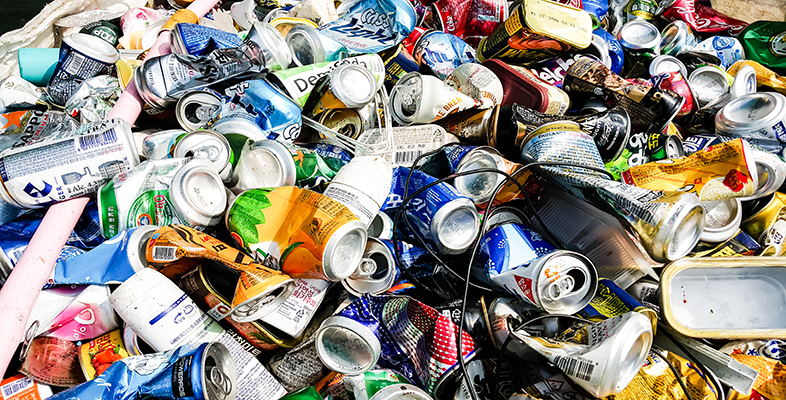Sharing economy
To bring about a circular economy requires governments and policymakers to implement supportive policies, and companies to deliver appropriate system redesign.
However, it is important not to lose sight of individual consumers or networks/communities of users. If the circular economy is about a new system of technologies, products and services that help design waste out of the system, then these will need to be engaged with, used and shared in order for the new system to be successful. This will entail changes in expectations, desires and behaviour of individual consumers. The move to a ‘sharing economy’ with an emphasis on access to goods and services rather than ownership is one such example.
You may be familiar with the term sharing economy. It is a broad term covering a range of activities and loosely refers to people having access to products and services rather than owning them. Sometimes called peer-to-peer lending, it is heavily reliant on online exchanges and can also include the sharing of knowledge and information. The renting out of products that you own, so others don’t have to, is also encompassed in the sharing economy, and examples include ride sharing, home lending, co-working, clothes renting, task exchanging and even renting driveways for parking spaces.
While sharing is nothing new, being able to connect and exchange online opens up opportunities not previously available. Although the sharing economy has become popular in recent years, it remains to be seen whether it will take hold on a wide scale and significantly replace ownership of ‘stuff’.
Activity 5 Linear vs. circular economy
What makes the circular economy different from the linear economy when both can be concerned with promoting efficiencies in product life cycles as well as recycling and reuse?
Answer
Some critics argue that the circular economy is just another way to describe recycling and reuse. Proponents argue that it is much more than that. It means designing waste out of the system. While efficiencies are important, it means moving away from our throwaway society where products are designed to be regularly replaced and updated to designing products for longevity and repairability, and to be easily dismantled and recycled. It also means different business models that move away from product ownership to product access through sharing, leasing, and trade-in and service packages.
